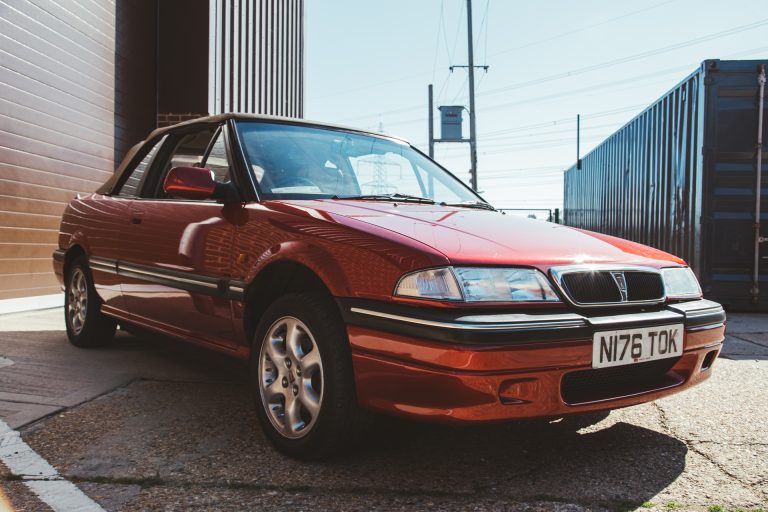
One More New Arrival
Our 1995 Rover 216 Cabriolet has arrived at the Bridge Classic Cars workshop. While it is with us, our interior trim team will be completing


Our 1995 Rover 216 Cabriolet has arrived at the Bridge Classic Cars workshop. While it is with us, our interior trim team will be completing

If one Ford Escort in a day wasn’t enough, we welcomed a second into the Bridge Classic Cars workshop in the form of our 1991

We have welcomed our 1979 Ford Escort MK2 into the Bridge Classic Cars workshop today. As you can see from the photos, this is a

After going through its prep and prime process with classic car technician Alan, our 1964 Amphicar 7 70 has had its new coat of paint
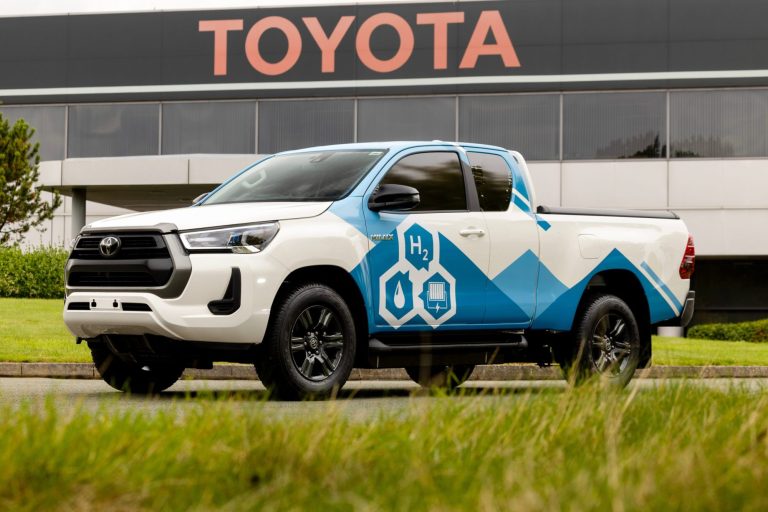
Toyota has continued its progress towards its zero carbon mobility goals with the unveiling of a prototype hydrogen fuel cell powered Hilux. This prototype is
Our 1995 Rover 216 Cabriolet has arrived at the Bridge Classic Cars workshop.
While it is with us, our interior trim team will be completing some work on the roof of this good-looking soft top.
We look forward to work getting started so we can get it back to its owner very soon.




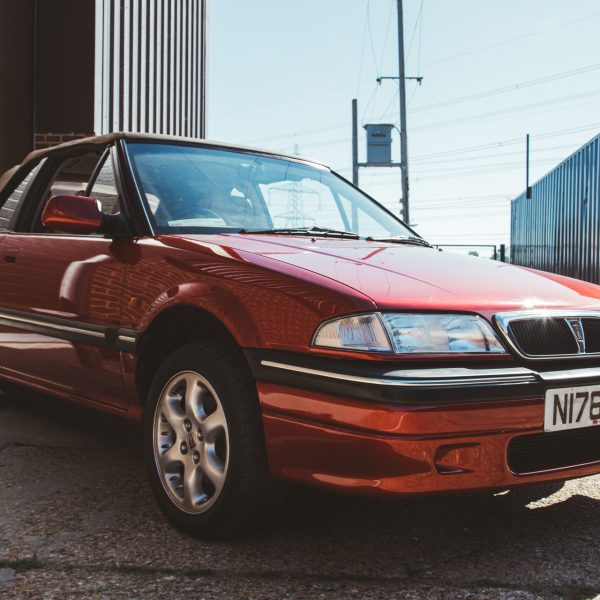

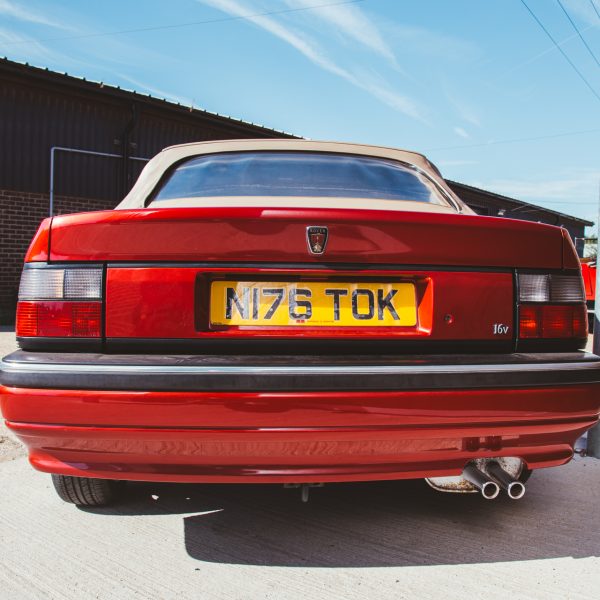

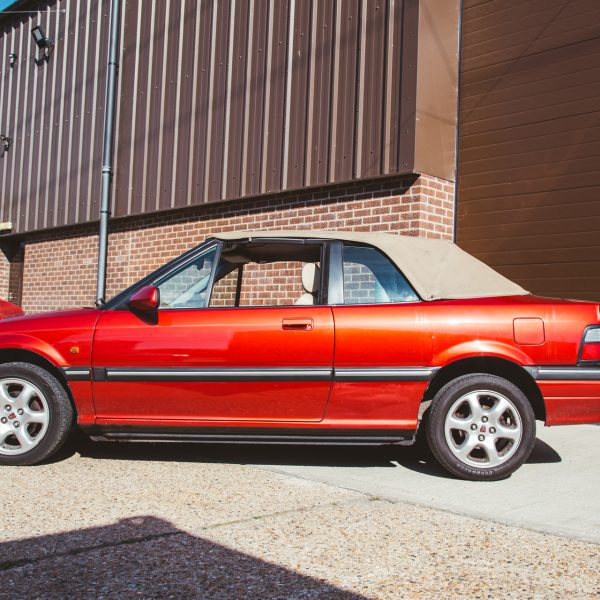



If one Ford Escort in a day wasn’t enough, we welcomed a second into the Bridge Classic Cars workshop in the form of our 1991 Ford Escort RS Turbo Series 2.
This car comes with a huge following and we are very excited that someone will be lucky enough to win this exact one through Bridge Classic Cars Competitions in the very near future.
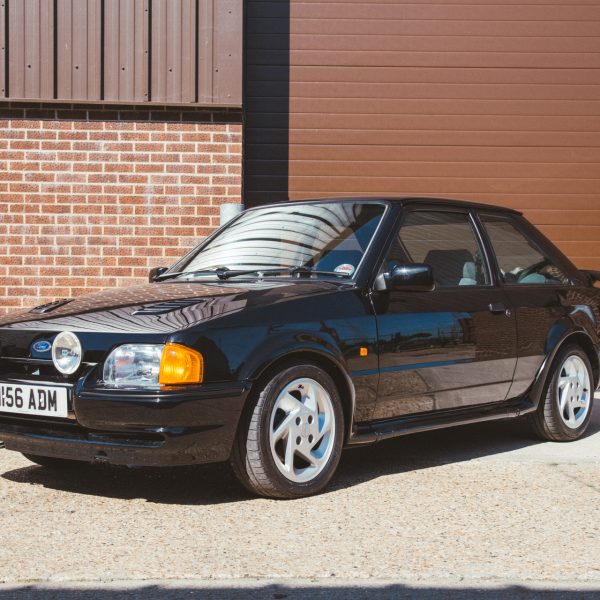





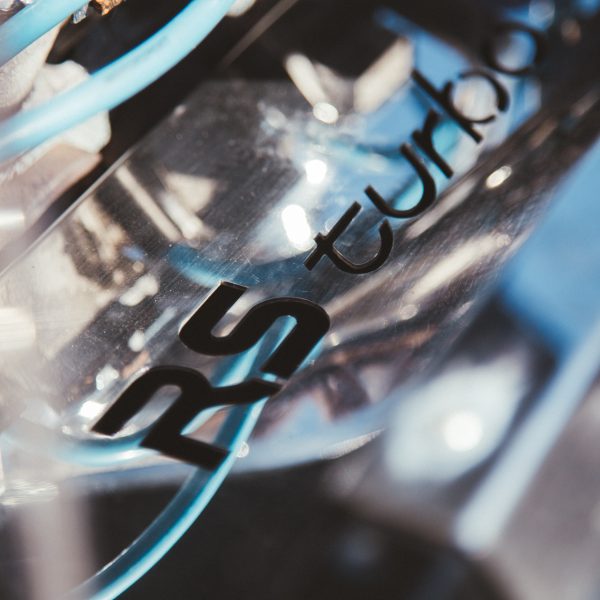










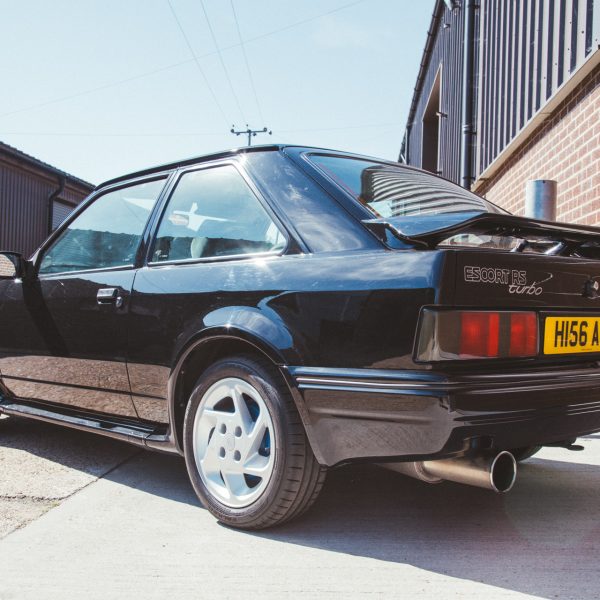







We have welcomed our 1979 Ford Escort MK2 into the Bridge Classic Cars workshop today.
As you can see from the photos, this is a beautiful car and it certainly comes with a big following of Ford Escort enthusiasts.
If you are one of these enthusiasts, you will be happy to know that this is going to be available to win through Bridge Classic Cars Competitions very soon.




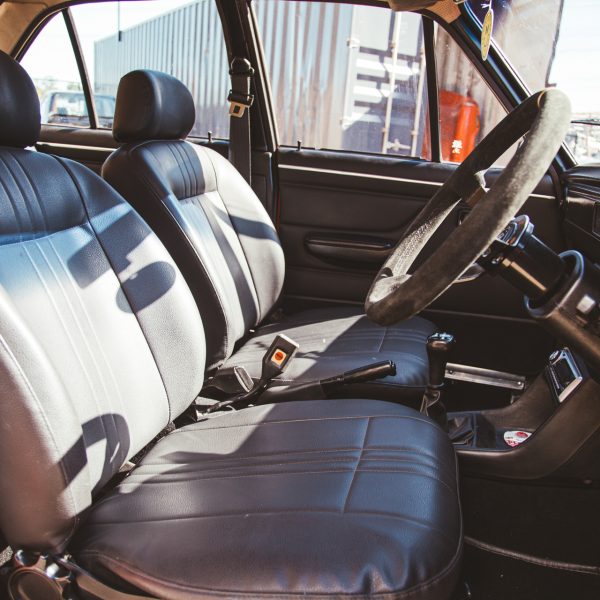


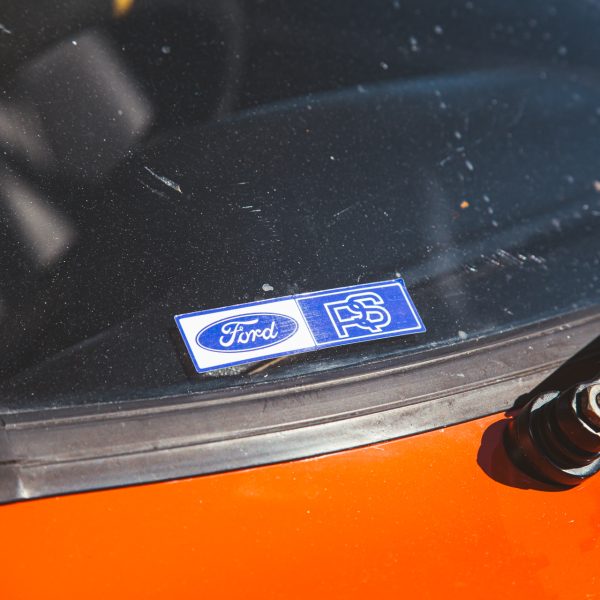

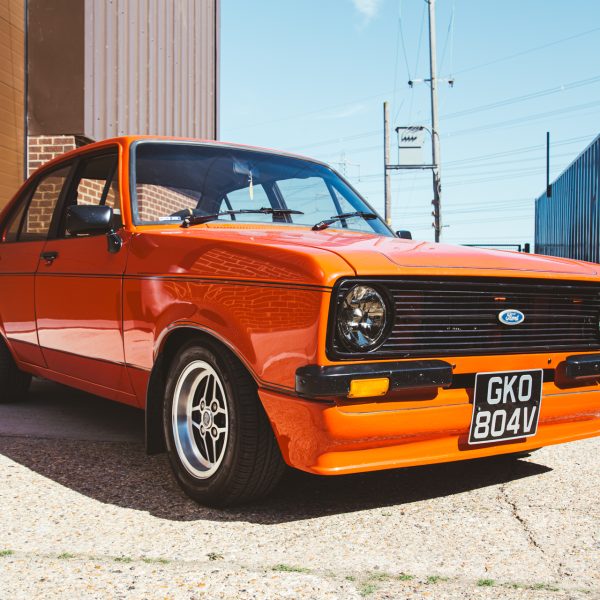


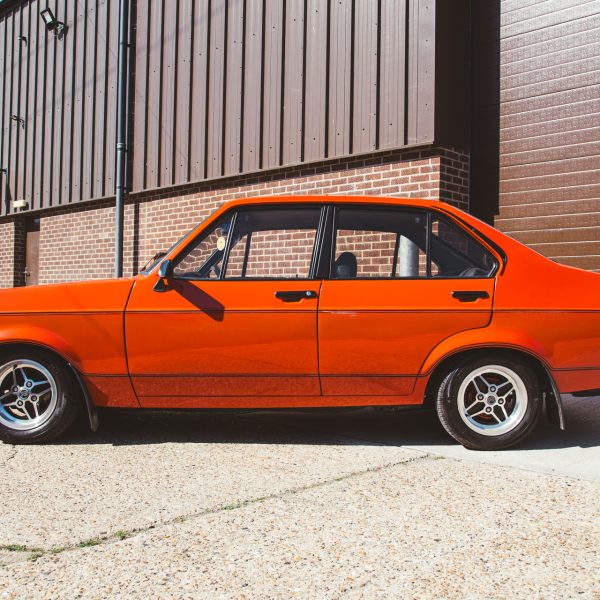



After going through its prep and prime process with classic car technician Alan, our 1964 Amphicar 7 70 has had its new coat of paint applied.
As you can see from Alan’s photos below, the car is looking good now that its paintwork is back in top condition.
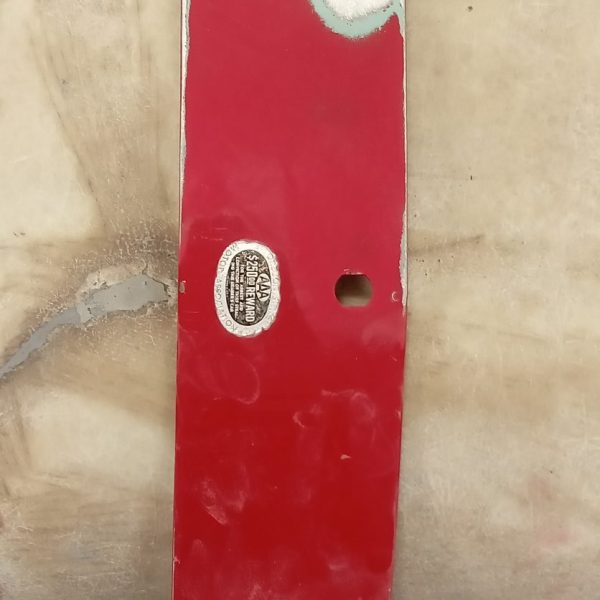

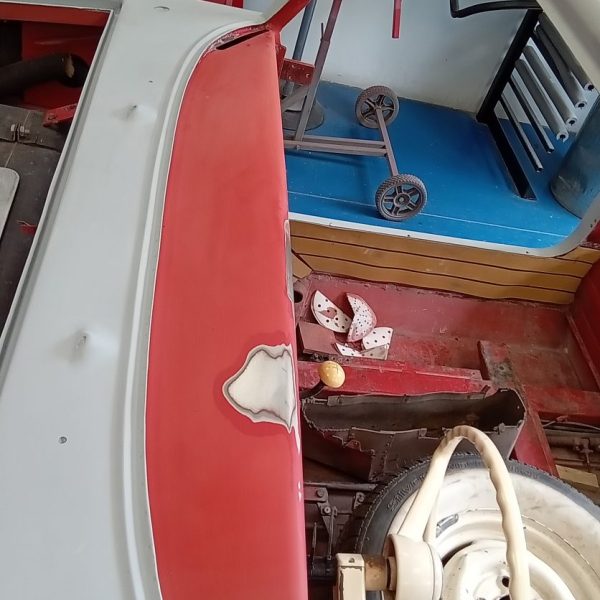
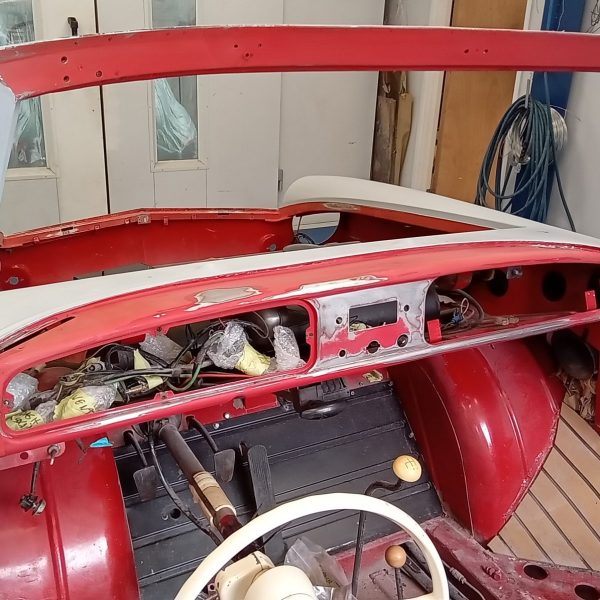
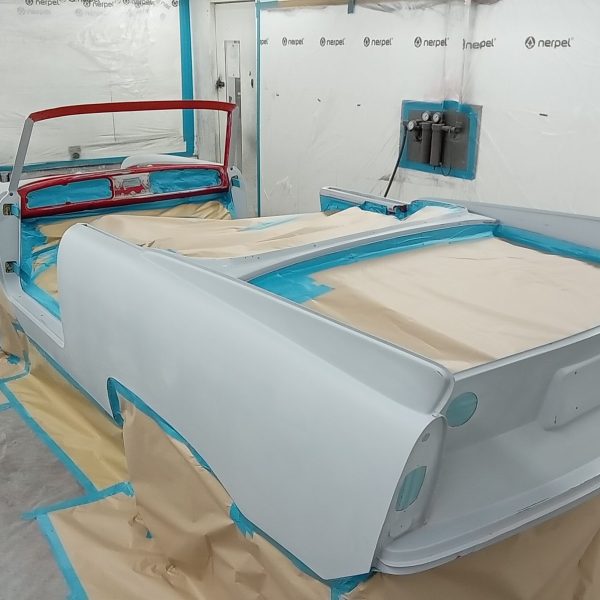
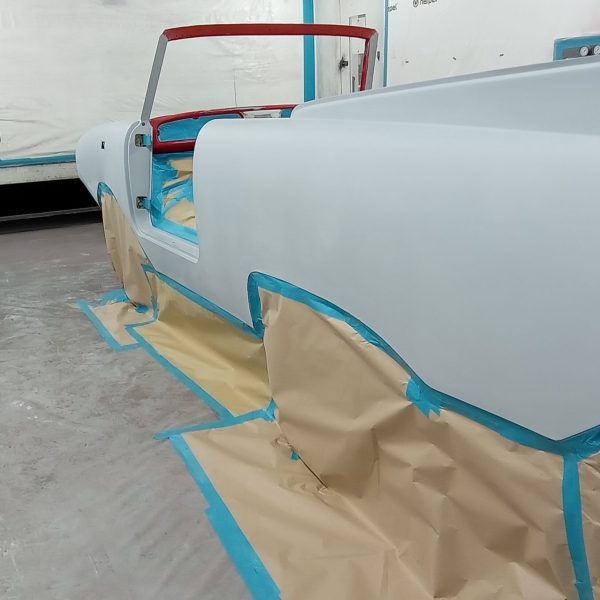


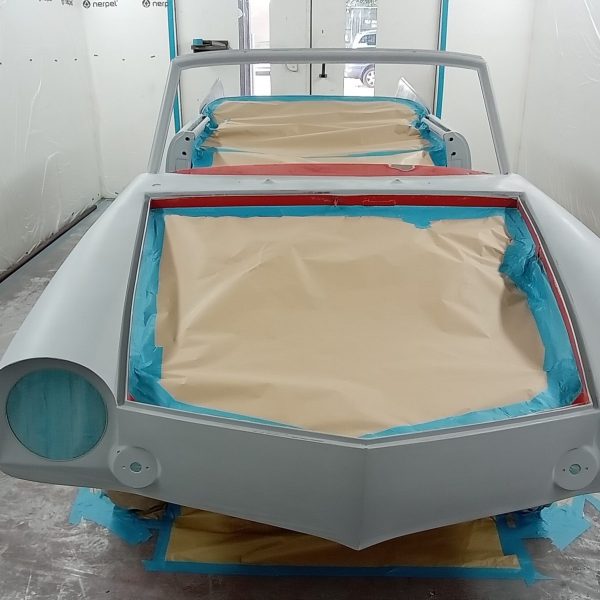


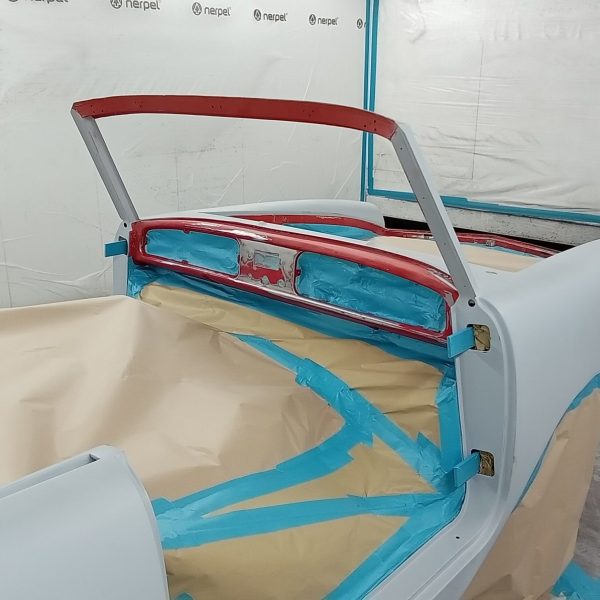



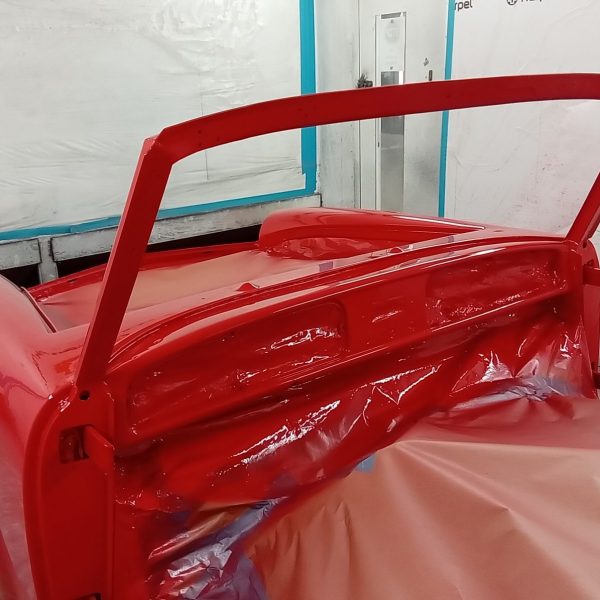





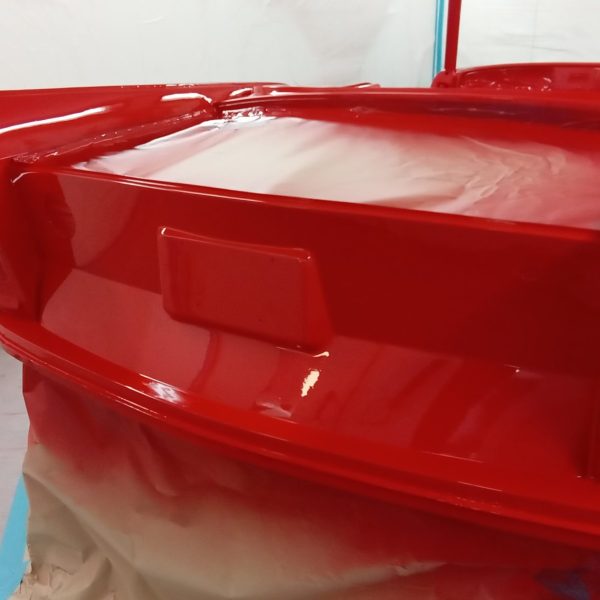

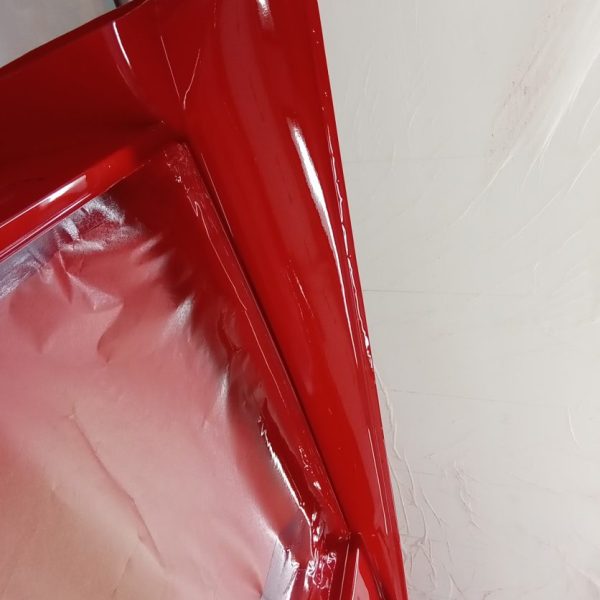
Toyota has continued its progress towards its zero carbon mobility goals with the unveiling of a prototype hydrogen fuel cell powered Hilux.
This prototype is the latest addition to a range of vehicles helping the brand move towards sustainable travel as well as suiting different needs and operating conditions. With a range of powertrain options such as hybrid electric, plug-in hybrid electric, battery electric and fuel cell electric, Toyota is demonstrating the broad scope of its multi-technology strategy to reach that fabled zero-carbon mobility.
The potentially ground-breaking Hilux made its debut at Toyota Manufacturing UK’s Burnaston car plant in Derby, where it has been developed in a joint project with consortium partners, supported by UK Government funding.


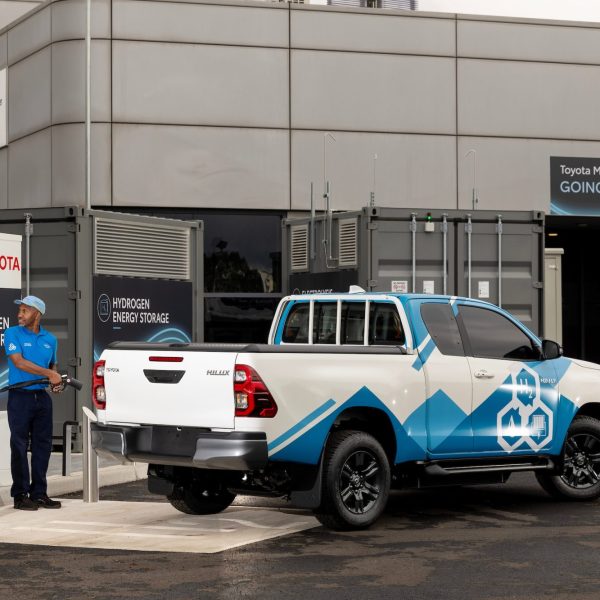

The new powertrain features core elements from the Toyota Mirai hydrogen fuel cell electric saloon. This is technology that has been in commercial production for almost 10 years and has proved its worth and quality over that period of time.
While driving, the fuel cell produces no tailpipe emissions other than pure water.
It has a driving range of 365 miles, which is quite a bit further than is likely to be achieved with a battery electric system. This increased range comes from the three high-pressure fuel tanks that are used in the prototype Hilux. Additionally, the battery stores electricity produced on-board by the fuel cell and is positioned in the rear load deck, which avoids any loss of cabin space.

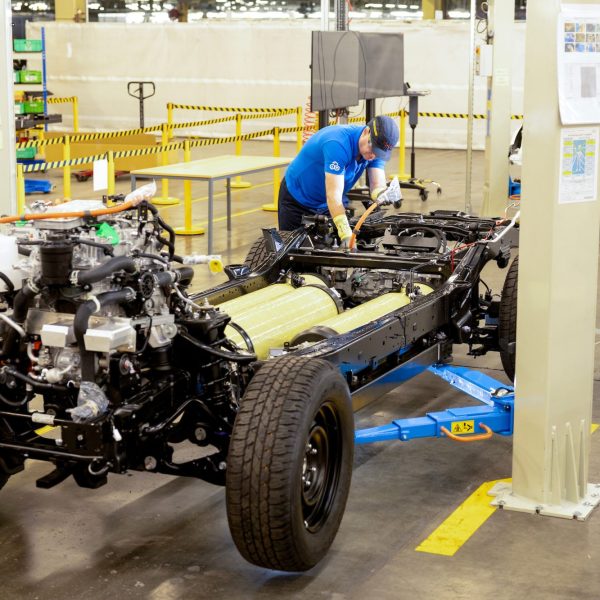


In early 2022, the project commenced with a feasibility study conducted by TMUK and Toyota Motor Europe, in collaboration with consortium partners Ricardo, ETL, D2H Advanced Technologies, and Thatcham Research. Subsequently, funding was secured from the UK Government through the Advanced Propulsion Centre, a non-profit organisation dedicated to advancing cleaner technologies and innovative mobility concepts. This financial support paved the way for an intensive design and development program that kicked off on July 1st, 2022, with additional assistance from Toyota Motor Corporation (TMC).
Prototype construction began on June 5th this year, adhering to the Toyota Production System principles within a dedicated section of the TMUK facility. Amazingly, the first vehicle was completed just three weeks later, marking the beginning of a series of ten vehicles planned to be completed by the end of 2023. These vehicles will undergo rigorous global testing to ensure they meet the safety, dynamic performance, functionality, and durability standards required for a production model.
This project has provided TMUK members with an opportunity to acquire and apply new expertise in the field of fuel cell electrified vehicles and hydrogen system components. The consortium members have all played pivotal roles in the initial project phase. Ricardo, for instance, has supported preparations for the prototype build, handling design and development tasks, and validating the entire manufacturing process concurrently with TMUK teams. Over the coming months, they will conduct a comprehensive evaluation of the vehicle.
Additionally, Thatcham Research, an automotive risk intelligence firm dedicated to comprehending the potential and risks of emerging vehicle technologies, has contributed to the project by offering sustainable repair consultancy and preparing hydrogen-related training materials for the repair market.



Minister for Industry and Economic Security Nusrat Ghani said: “We have an amazing manufacturing sector here in the UK, and this is a great example. It’s fantastic to see Toyota reach another milestone on their journey to zero emissions here in Britain, and I congratulate the project team for their success on this cutting-edge development. This is a great vote of confidence in UK manufacturing and its potential to deliver carbon-free vehicles to meet future targets.”
Richard Kenworthy, TMUK Managing Director, said: “The project team have accomplished an incredible job in a very short space of time, from creating the prototype build area to completion of the first vehicle. The UK Government funding has enabled us not only to develop a new vehicle in record time, but also to upskill our teams to work on hydrogen-related technologies, something we hope to build on in the future.
Ian Constance APC Chief Executive, said: “The Toyota Hilux project is a fantastic example of collaborative R&D which has designed, integrated, and delivered a hydrogen fuel cell vehicle. UK Government funding through the Advanced Propulsion Centre (APC) anchors capability in R&D, which helps safeguard and creates new jobs for the future. It embeds the next generation of net-zero vehicles and technologies in the UK.“
“The project consortium has made significant progress to deliver several vehicle demonstrators developed and built in the UK. Seeing the prototype hydrogen fuel cell Toyota Hilux global launch within a year of the start of the project is a clear demonstration of the capabilities and strengths of the UK’s automotive supply chain.”
Toyota Motor Manufacturing UK (TMUK) produces Corolla Hatchback, Touring Sports and Commercial models at its production centre in Burnaston, Derbyshire, and hybrid engines at its facility in Deeside North Wales. TMUK began production in 1992 as Toyota’s first fully owned manufacturing business in Europe and went on to become the company’s first location for hybrid electric vehicle manufacturing outside Japan. To date, Toyota has invested more than £2.75 billion in its UK manufacturing operations; TMUK currently employs more than 3,000 people and supports many further jobs in its extensive UK supplier network.
Ricardo is a global strategic engineering and environmental consultancy specialising in the transport, energy and scarce resources sectors. Ricardo has supported the technical integration of the fuel cell components into the Hilux chassis.
ETL (European Thermodynamics) is committed to delivering high-integrity thermal solutions through excellence in design and innovation. ETL has studied reversible and multi fan arrangements.
D2H Advanced Technologies provides high-technology engineering services in simulation, modelling, aerodynamics, thermodynamics and design for motorsport and other high-performance industries. D2H has completed CFD analysis to highlight where improvements could be made.
Thatcham Research was established by the UK’s motor insurance industry in 1969, with the aim of containing or reducing the cost of motor insurance claims while maintaining safety standards. It will support the project in validating repairability and creating FCEV training package for the repair market.
Bridge Classic Cars are award winning Classic Car Restoration and Maintenance specialists. Your pride and joy is in safe hands with our expert Classic Car Technicians. Take a look at our awards here.